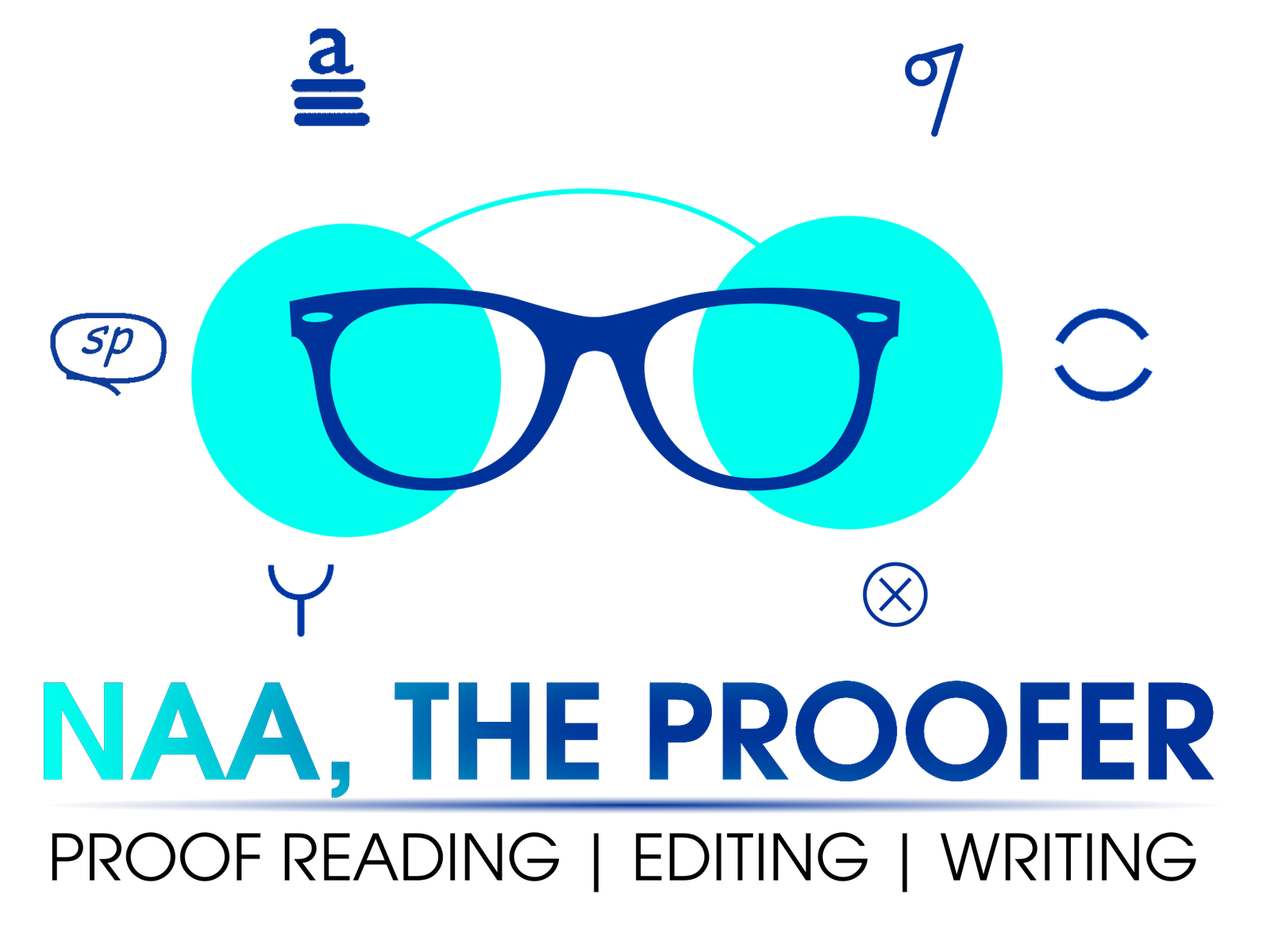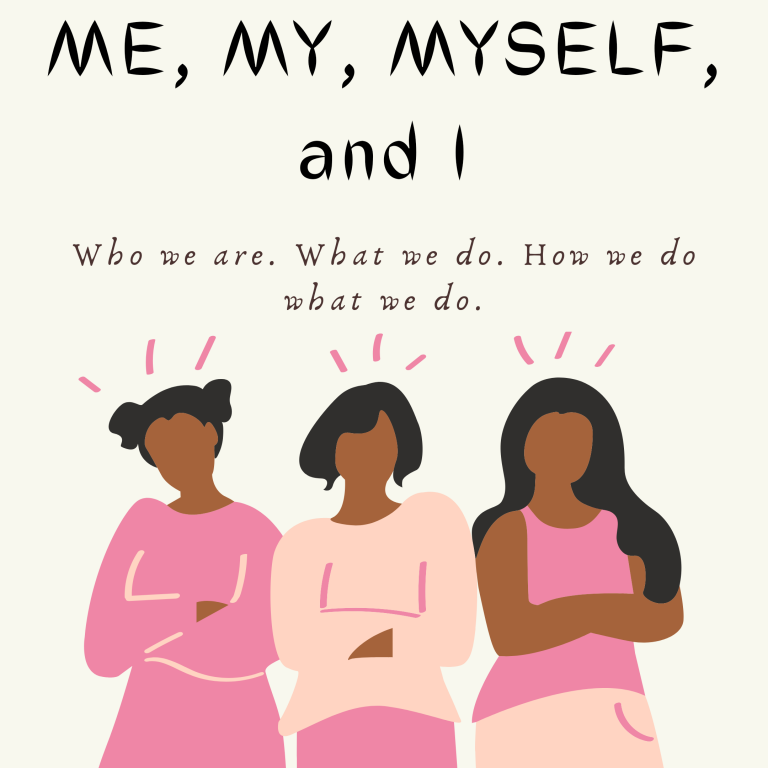TECHNIQUES TO SHARPEN YOUR CREATIVE WRITING SKILLS
Any form of writing requires good composition skills—one that will captivate a reader. For creative writing, where you do not have to follow strict rules, having outstanding composition skills is your best bet to churning out a great literary work.
How do you achieve this? To many writers, it comes naturally; however, improving your skills with these techniques will go a long way to help.
- Use Imagery. How do you write creative content with the aim of making a lasting impression on your readers? An objective of creative writing is to create vivid pictures in the reader’s mind. One way of doing this is by adding interesting details about the settings. How interesting or not these details are depends on the right use of the right amount of imagery. Too little imagery makes your content dry; too much imagery makes it mawkish. Moderation is key.
- Rather than just including the words the characters in your creative content say, include meaningful dialogues. Dialogues invoke images in the reader’s mind while communicating the character’s exact emotions while in the process. Conversations between characters need to be realistic in order for the characters to be more accessible and relatable. What other way can a reader get engrossed in a literary piece than relating to the characters?
- Do something unique. Infuse the unexpected into your writing without confusing your readers or making your plot murky. More often than not, this evolves into a very interesting read that will captivate any reader’s attention. There is no clear rule to achieveing this–just think differently and imagine yourself in unfamiliar situations that will likely motivate you. Not confining yourself to specific rules is great for creative writing; find comfort in exploring!
- Anecdotes. Offer your reader an opportunity to learn more about a character without you having to state it in the story. For instance, a first mention of a character can be preceded by a brief story about the character. These anecdotes or short stories can be used to entertain the reader, evoke empathy, teach a lesson, or even serve its salient purpose – revealing other dimensions of the character.
- Similes and Metaphors. Making comparisons is a sure way to enhance your readers’ imaginations.One way for writers to effectively employ the technique of comparisons is through the use of imaginative language–similes and metaphors; thus offering the reader vivid descriptions to elicit emotions. Similes rely on associations, as in, “My love is like a red rose”, whereas metaphors draw parallels, as in “Juliet is the sun”. Effective metaphors serve as shortcuts to understanding a text, giving extra depth to your story.
- Point of View. The voice used in the narration of your story is important to its appeal. The voice of a story is determined by the point of view of the narrator. Picking a first person limited point of view allows the reader into the story- as though they were directly involved. Using a third person point of view somewhat detaches the reader from the story. Each point of view has its intended effects. Which of the effects work best for your story?



